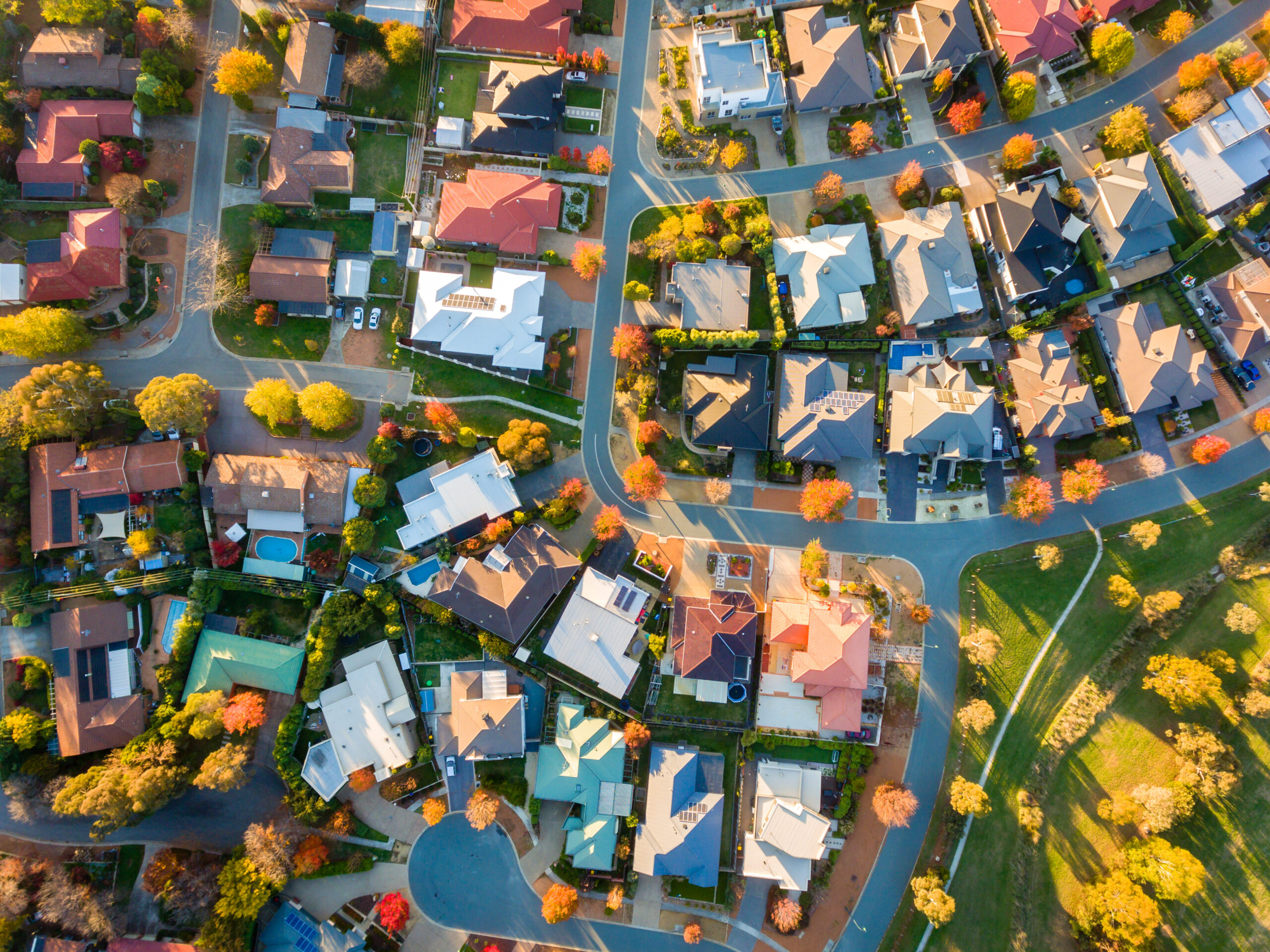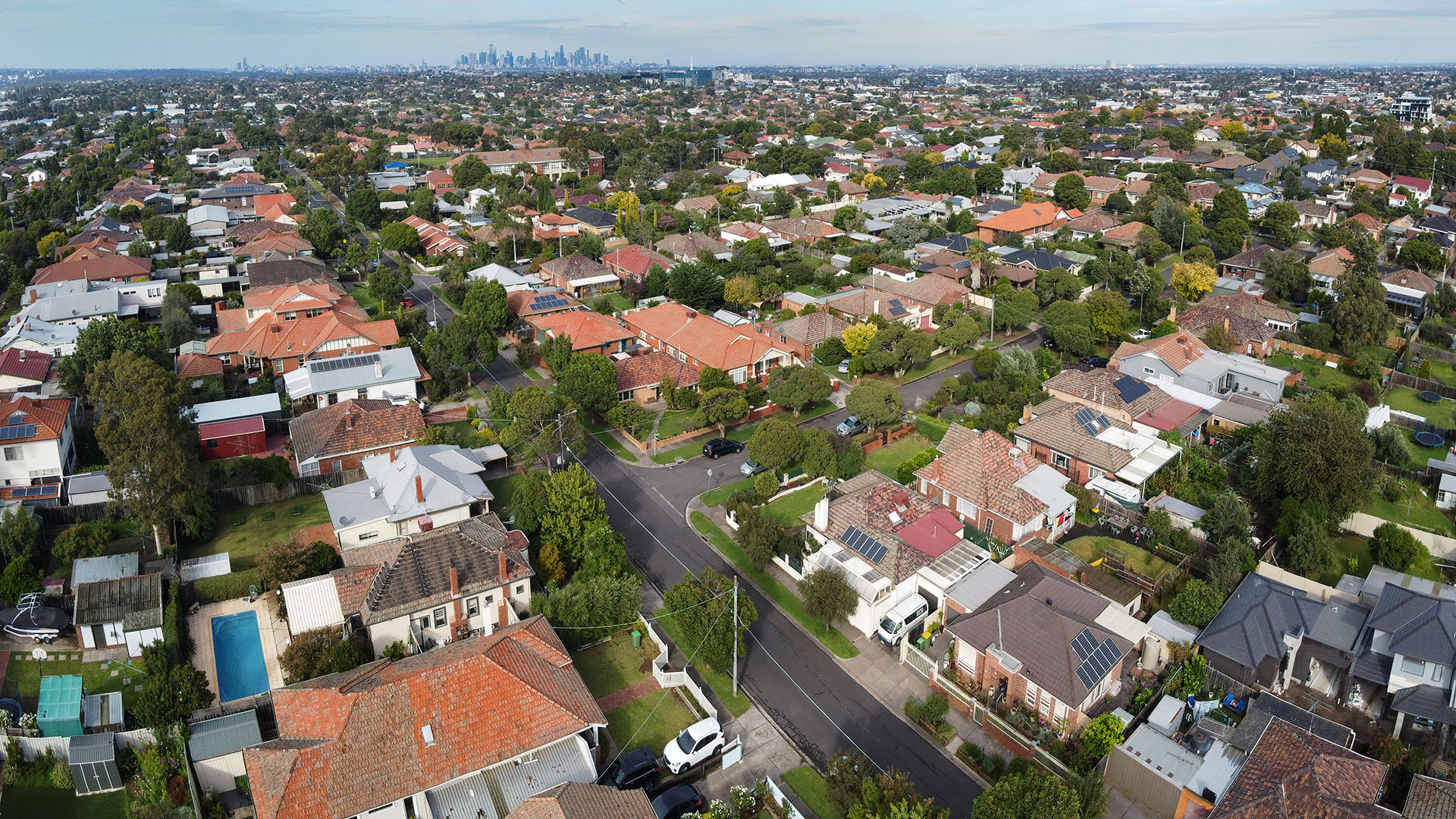
A recent report from The Sydney Morning Herald highlights research by the e61 Institute showing that building more homes will not, on its own, solve Australia’s housing affordability crisis. While supply shortages are real, the data reveals that property prices have grown much faster than rents over the past 16 years, pointing to deeper drivers such as investor expectations, tax incentives, and cultural attitudes toward housing.
The Findings: Prices Outpacing Rents
Researchers compared property price and rent growth from 2008 to 2024 across different city zones and found:
- Property prices rose significantly faster than rents, especially in Sydney and Melbourne.
- If shortages were the only factor, rents would rise in tandem with prices — but they did not.
- Investor expectations of capital gains are helping fuel demand, with many treating property primarily as a wealth-building asset.
Expert Insights
According to Dr Nick Garvin, research manager at the e61 Institute, Australia’s affordability issues go beyond under-building. He argued that cultural and financial incentives, particularly expectations of long-term capital gains, have made property more expensive than supply-demand dynamics alone would suggest.
Meanwhile, Dr Peter Tulip, chief economist at the Centre for Independent Studies, added that while capital gains expectations matter, supply constraints and falling mortgage rates remain key drivers of housing costs.
The Role of Taxes and Policy
One of the more controversial points raised is the tax treatment of housing profits. Current capital gains concessions and negative gearing settings make property investment highly attractive. This, in turn, inflates prices by encouraging buyers to bid more aggressively.
Garvin suggested that tax reforms could help rebalance the market, but acknowledged such moves would be politically difficult without a cultural shift in how Australians view property ownership.
Broader Implications for Policymakers
The research highlights that supply boosts must be supported by broader reforms, including:
- Planning reform to accelerate approvals and increase density in key locations.
- Infrastructure delivery to ensure new developments are liveable and connected.
- Tax changes that reduce speculative demand.
- Cultural change that shifts the focus from housing as an investment to housing as a home.
Conclusion
Australia’s housing affordability challenge cannot be solved by construction alone. While building more homes is essential, it must be paired with tax reform, planning changes, and a cultural rethink of how property is valued. Without these steps, affordability will remain out of reach for future generations.






